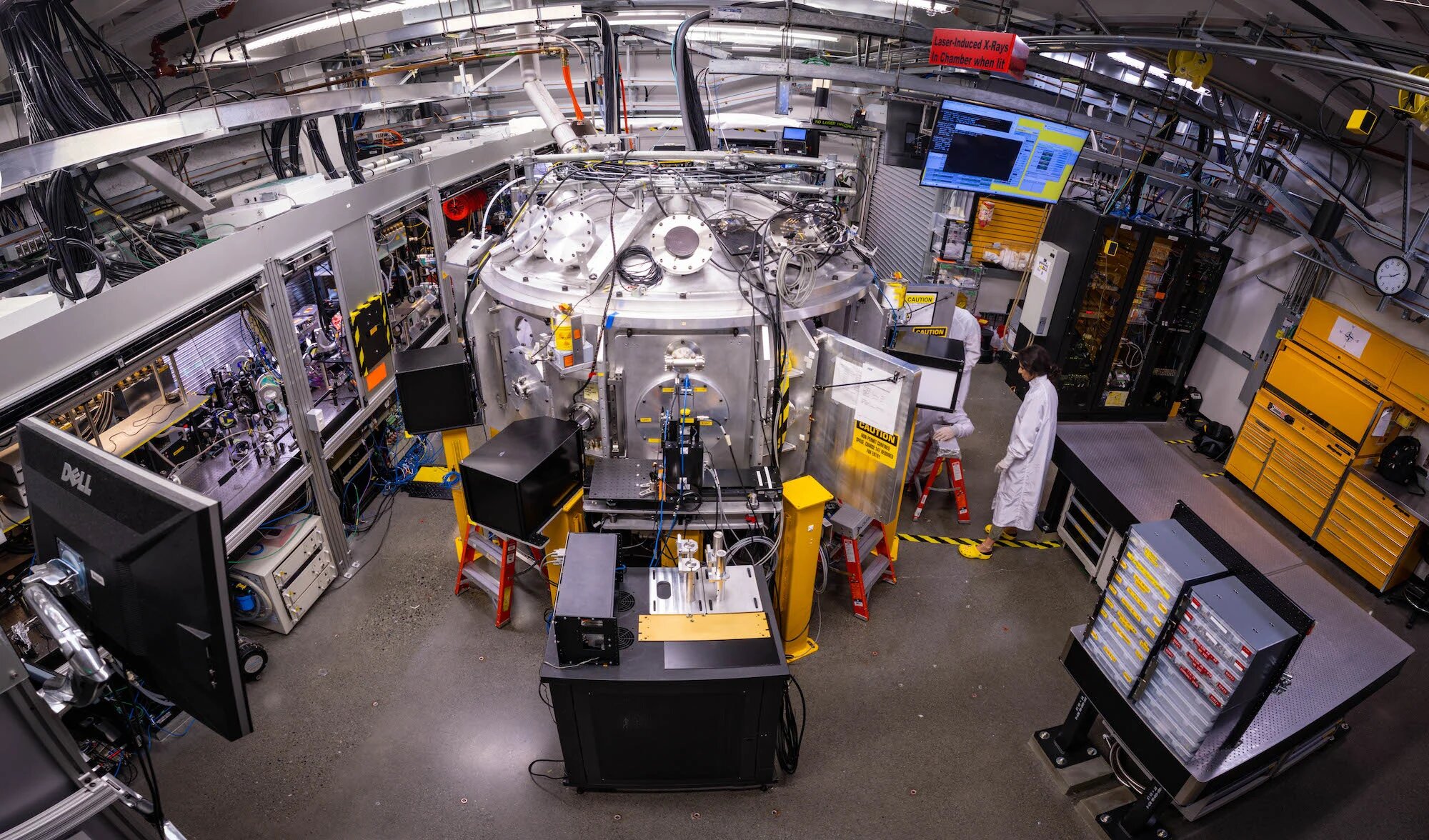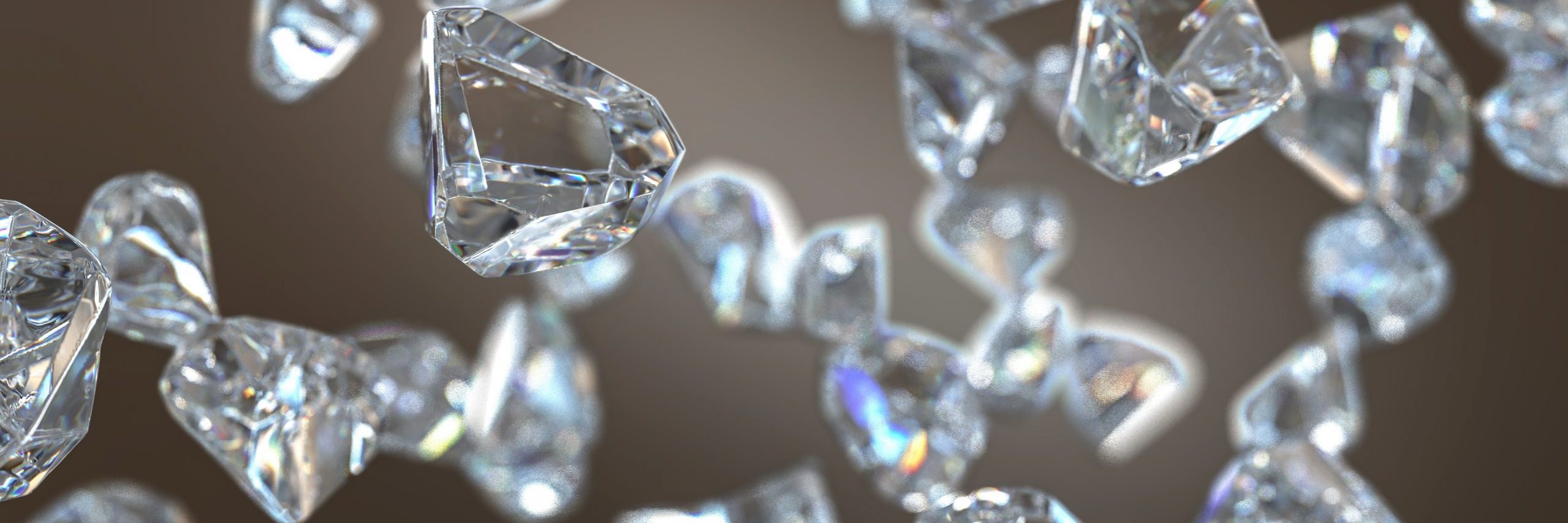This could lead to a new way of forming nanodiamonds on Earth which have a variety of useful applications, including drug delivery, medical sensors and non-invasive surgery. Source: Shutterstock.
Literal “diamond rain” on giant ice planets could possibly point us to a new way of making nanodiamonds here on Earth for a range of benefits.
It has been found that diamond rain, an exotic type of precipitation on giant ice planets, is not as exotic as previously thought.
Scientists have discovered that it is actually relatively common across the galaxy.
Earlier research indicated there is actual diamonds in the rain and hail within atmospheres of giant planets like Saturn, but new experiments has shed more light.
A team of scientists from France, Germany and the US built on previous research using new material similar to the chemistry found on giant ice planets like Neptune and Uranus.
That material is a kind of PET plastic commonly used in bottles you can buy at your nearest store.
PET plastic has a balance between carbon, hydrogen and oxygen which can simulate activity in ice planets.
It was then zapped with a laser to simulate atmospheric pressures on ice giant planets and see what would happen.

“The effect of the oxygen was to accelerate the splitting of the carbon and hydrogen and thus encourage the formation of nanodiamonds,” Dominik Kraus, a physicist and professor at the University of Rostock in Germany.
“It meant the carbon atoms could combine more easily and form diamonds.”
Basically, the environment at icy giant planets contains more oxygen, and more oxygen results in more diamonds.
It could provide a new way of forming nanodiamonds which have a variety of useful applications in medicine.
This includes drug delivery, medical sensors, non-invasive surgery, and it also has potential in the field of quantum technology.
The results of the study were published in the journal Science Advances.
The researchers are planning on doing similar experiments that use liquid samples containing ethanol, water and ammonia, what Neptune and Uranus are mostly made of.
This will bring them even closer to learning exactly how diamond rain forms on other planets.





